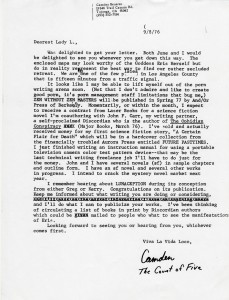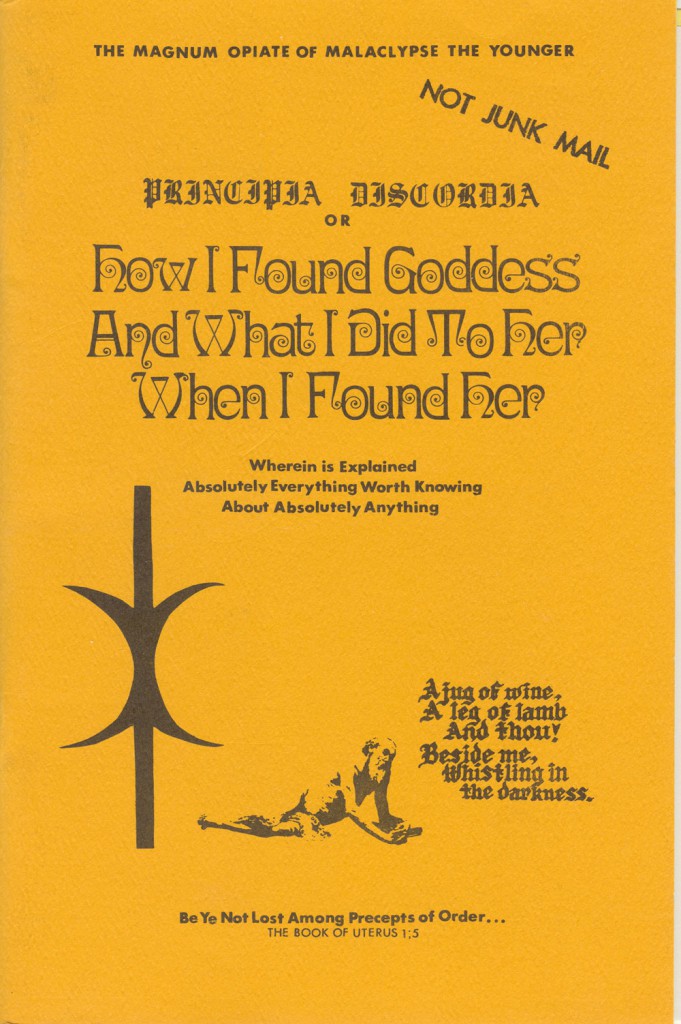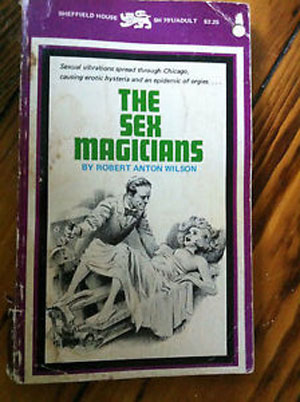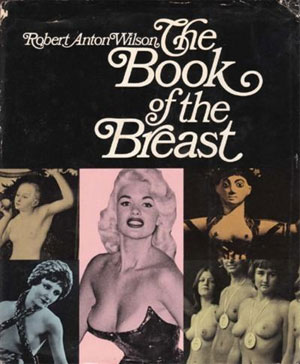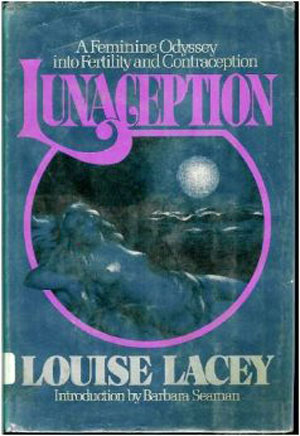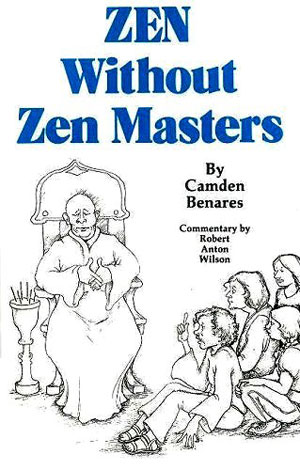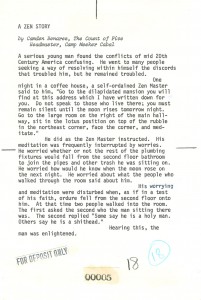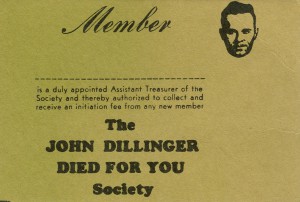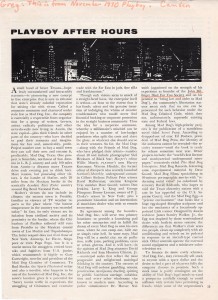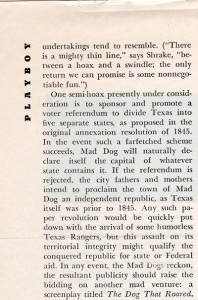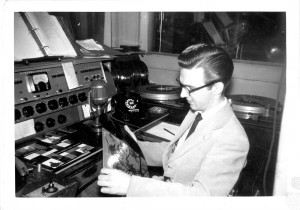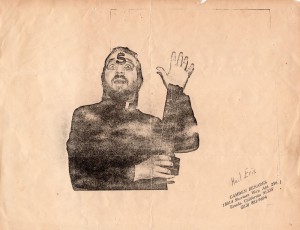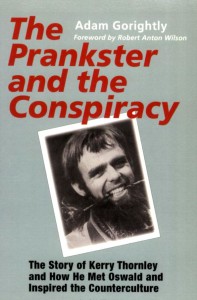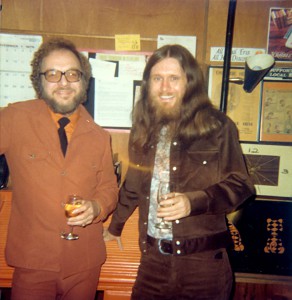
According to Camden’s good friend and writing partner, John F. Carr, Candle and Censer—which was never published—was later retitled The Girl with Karma Colored Hair.
—Adam Gorightly
Download a scan of the original Discordian Archives document as a PDF here.
Candle and Censer
by
Camden Benares
When his mental clock registered five o’clock, Martin Tuscan awoke, put on his terrycloth robe, and went into the kitchen to heat the coffee. He shaved, showered, and dressed in denim before preparing a cheese and egg sandwich to eat with the coffee. After washing the dishes, he sat down with his third cup of coffee and reread the letter he had written before going to bed:
Dear Paula,
You are very much in my thoughts today.
I spent several hours this morning rewiring a ’55 MG, a red one, just like the one you used to have. It made me remember the many adventures we had in it together when I was studying engineering. There are many more adventures in. our future.
Although I don’t know where you are or when we will see each other again, I know that I love you. You are always in my heart.
Love,
Martin
Martin sat quietly until six o’clock. Then he lit the red candle. He held a stick of incense over the flame and inserted it in the ceramic censer that Paula had made. Being careful to hold the letter over the metal bowl in which the candle sat, he let the flame lick one corner of the letter. The letter crinkled and burned. The ashes dropped into the bowl. Martin waited patiently for fifteen minutes for an answer. None came.
The green Porsche hugged the curved streets as Martin drove from Playa del Rey to his garage, opened the big double doors, and went into the office to make some coffee. He had almost finished a cup of coffee when his first customer of the day left his car to be serviced and walked across the street to the plant where he worked.
It was late afternoon when Martin closed his garage. He drove slowly through the traffic until he got to the beach where he parked and sat watching the sunset, wishing that Paula were there to share it with him. Through the twilight, he mentally composed the letter that he would write to Paula that evening and send to her at six o’clock in the morning through the red candle.
After parking the Porsche in the garage, he looked in his mail box. There were three letters: one from a friend in Atlanta, one from an insurance company, one from a fellow occultist. There were also two circulars addressed to occupant, which he dropped into the trash can, and the latest issue of the magazine, Arcane Events.
Martin read the letters before preparing dinner. During dinner he read Arcane Events. The feature article, “Precognition in Primitive Societies,” ended on the page facing the classified advertisements. Martin read them all until he came to the third ad under personals. It read:
Martin who corresponds with Paula daily at 9 a. m. E. D. S. T. send home address and telephone to Dr. R. E. Benroy, 868 Overton St. Millis, Massachusetts 02054.
Martin wrote the name and address on a piece of paper. He closed his eyes and held the paper in his hands. He attempted to clear his mind of all its thoughts and concentrate on an imaginary, gray screen in his mind, the kind of screen a motion picture would be projected on. When his mind was focused on the screen he held the paper firmly in his hand and watched the gray screen for images. A hazy image began to form—a man sitting at a desk writing. Martin tried to sharpen his focus. He saw a man with dark-rimmed glasses looking through a stack of magazines. Then the screen went blank.
Martin went to the garage and got into his car. Thirty minutes later he was at the corner of Hollywood Boulevard and Las Palmas. He found a parking place about two blocks away and walked back to the large newspaper and magazine stand. He looked through Fate, Other Worlds, The Occult Reader, and Fantasy and Science Fiction. The same ad from Dr. Benroy was in every one of them.
When Martin got back home he wrote:
Dear Dr. Benroy,
I send a daily letter via augmented telepathy to Paula Deering at 6 A.M. Pacific Daylight Saving Time. I would appreciate any- information you could give me about her, You can reach me during the day at (213) 393-3427 or at (213) 370-7874 in the evening. Mail will reach me at 122 Leach St., Playa del Rey, California 90218.
Yours truly,
Martin Tuscan
Martin put an airmail stamp on that letter. Then he wrote his nightly letter to Paula without mentioning Dr. Benroy. In the morning, after sending Paula’s letter through the candle flame, he drove by the post office and mailed the other letter.
On Thursday afternoon Dr. Benroy called Martin from Massachusetts.
“Mr. Tuscan, this is Dr. Richard Benroy. I just received your letter and I’d like to talk to you about Paula Deering.”
“How is she? Is she a patient of yours?”
“Yes. She’s a patient of mine and she is seriously ill.”
“What’s wrong with her?”
“Be assured that she is being well cared for. She’s under my care in the hospital.”
“What hospital? I’ll fly there tonight. ”
“Mr. Tuscan, I don’t think that your coming here would be the best thing for her.”
“What’s wrong with her?”
“She’s a mental patient. I’m a psychiatrist.”
“What kind of mental patient? What’s the problem she has?”
“She is virtually catatonic.”
“I’d still like to see her.”
“Mr. Tuscan, I would like to discuss Miss Deering’s case with you face to face. I can take a plane tomorrow to Los Angeles….”
“I’ll fly to Massachusetts tonight. I want to see Paula.”
“No, Let me fly there and talk to you first. Then if you feel it’s the thing to do you can fly back with me. I will arrive at the Los Angeles International Airport on American Airlines Flight 243 at 6:18 P.M. your time. Can you meet me there?”
“Yes I’ll be at the information booth just to the left of where you’ll pick up your baggage. I’ll be wearing a green jump suit.”
“Thank you, Mr. Tuscan, I’ll see you tomorrow. Try not to worry about Miss Deering. She’s getting the best possible care.”
“Thank you, Dr. Benroy, I’ll see you tomorrow. I’ll be at the airport by six.”
Flight 243 was ten minutes early. Dr. Benroy had no trouble identifying Martin Tuscan by the green jump suit he was wearing.
“Mr. Tuscan?”
“Yes. Dr. Benroy?”
“Yes, I’ll get my bag. Then we can go somewhere to talk.”
“We can go to my house. It’s only ten minutes from here.”
On the way to his house, Martin asked the doctor about the details of Paula’s illness. Dr. Benroy said, “As I told you on the telephone, she’s virtually .a catatonic. The only time she shows any animation is when she’s receiving those letters from you. For a short time after that she appears near normal and I have been able to establish some communication with her but sooner or later each conversation touches upon something that threatens her and she retreats behind the wall of catatonia.”
“Why didn’t you get my address and phone number from her? She knows them.”
“She retreats if I ask her about you. When Paula receives your letters her lips form each word but no sound comes out. I have a speech therapist who reads her lips and records the letters for me. I found it very hard to accept the possibility that she was actually receiving letters by telepathy.”
“Yes. I can understand that you would.”
“Your letter said augmented telepathy. What is augmented telepathy?”
“Just doing everything to make certain that all the conditions are as good as possible for thought transmission. I keep all the conditions as similar as I can—the same time, the same fragrance of incense. The incense is her favorite and the censer is one she made in ceramics class and gave to me. The candle is always her favorite shade of red. And I picked an early morning hour to transmit because we are both early morning risers and mentally more alert in the mornings.”
Inside Martin’s house the conversation continued with Dr. Benroy asking, “How long have you been in love with Paula?”
“From about the third time in my life that I saw her. I knew then, as only a romantic and a mystic can know, that I had found a woman to share my life with. And that it didn’t matter very much what kind of a life it was just as long as it was together. Everything that happened would be better if it happened with Paula as part of it. I don’t know if you know of that kind of love…. ”
“I’m neither a romantic nor a mystic, but I know of love. I am a widower. I loved my late wife very much, but not in the Romeo-Juliet way that you speak of love.”
“Yes we would talk about love; we’re both in love with the same woman, aren’t we Doctor?”
“Miss Deering is my patient…”
“Whom you think of as Paula. Whom you love., Doctors don’t fly across the country to see someone who is in love with a patient unless they have a very personal interest. You are in love with her, aren’t you?”
“Yes.”
“Is that why you didn’t want me to fly there and see her?”
“No. I don’t want you to see her because I think it would worsen her condition. I know how much you love her from your letters to her. The way you love her is awesome; it’s the kind of love that a saint has for his god. She can’t respond to it: The demand on her is too much. You don’t realize what you’ve done to her.”
“All I’ve done is love her. Her happiness is the most important thing in the world to me. She’s the most important person in existence.”
“That’s what females in our society often believe they want. But that’s an ideal; the reality of it demands the identical ideal response. Few are capable of it. Paula is not capable of it. Her dilemma is a double bind. She can’t respond to your love and she can’t admit that she does not want such an ideal love. Therefore, she keeps limiting her responses to few more than those necessary to continue living.”
“What can I do to help her?”
“Let go of her. As much as you love her, let go of her.”
“If you can make me believe that I can help her by giving her up, I’ll do it. I only want the best for Paula.”
At a few minutes before six o’clock in the morning, Martin lit the red candle and the incense. Dr. Benroy sat across from him with the telephone pressed to his ear. At six o’clock Martin let the flame consume a letter that read:
Dear Paula,
Dr. Benroy is here with me; he is talking on the phone to Dr. Tarnek there in the room with you. They both know that you are receiving this letter and they know what it says.
Dr. Benroy has convinced me that there is a strong possibility that my daily letters to you while you are in the hospital may not be good for you. So I have agreed not to write to you while you are under Dr. Benroy’s care unless you ask me to.
I love you as much as ever. If it seems to be the right time to talk to me, ask Dr. Tarnek for the phone.
Love,
Martin
As the letter was burning, Dr. Benroy said, “Is she receiving it, Dr. Tarnek?… She is. Good. How is she responding…. What?” Turning to Martin, he said, “She’s dead.”
“Is there anything you’d like me to tell her in my next letter?”
Download a scan of the original Discordian Archives document as a PDF here.
